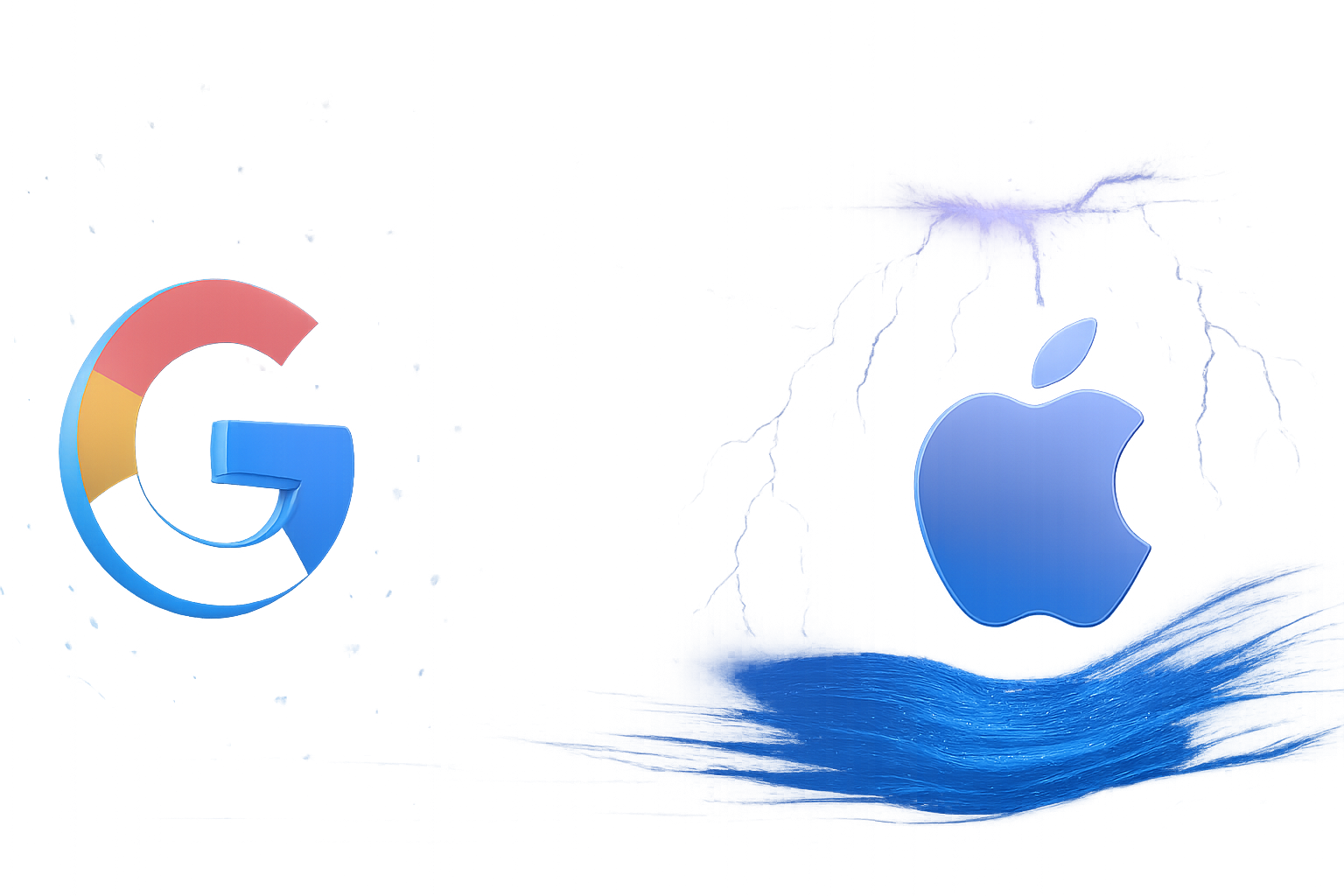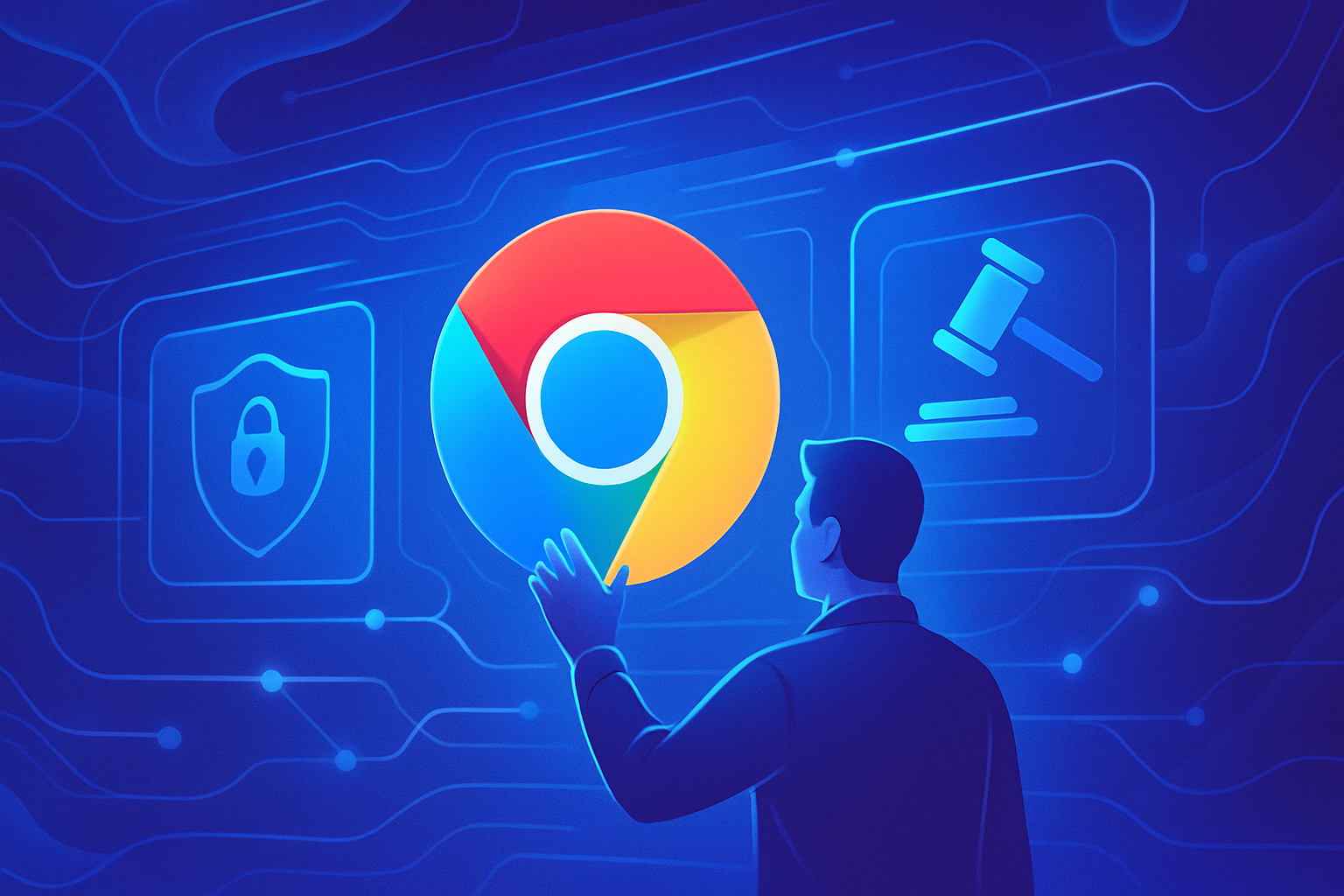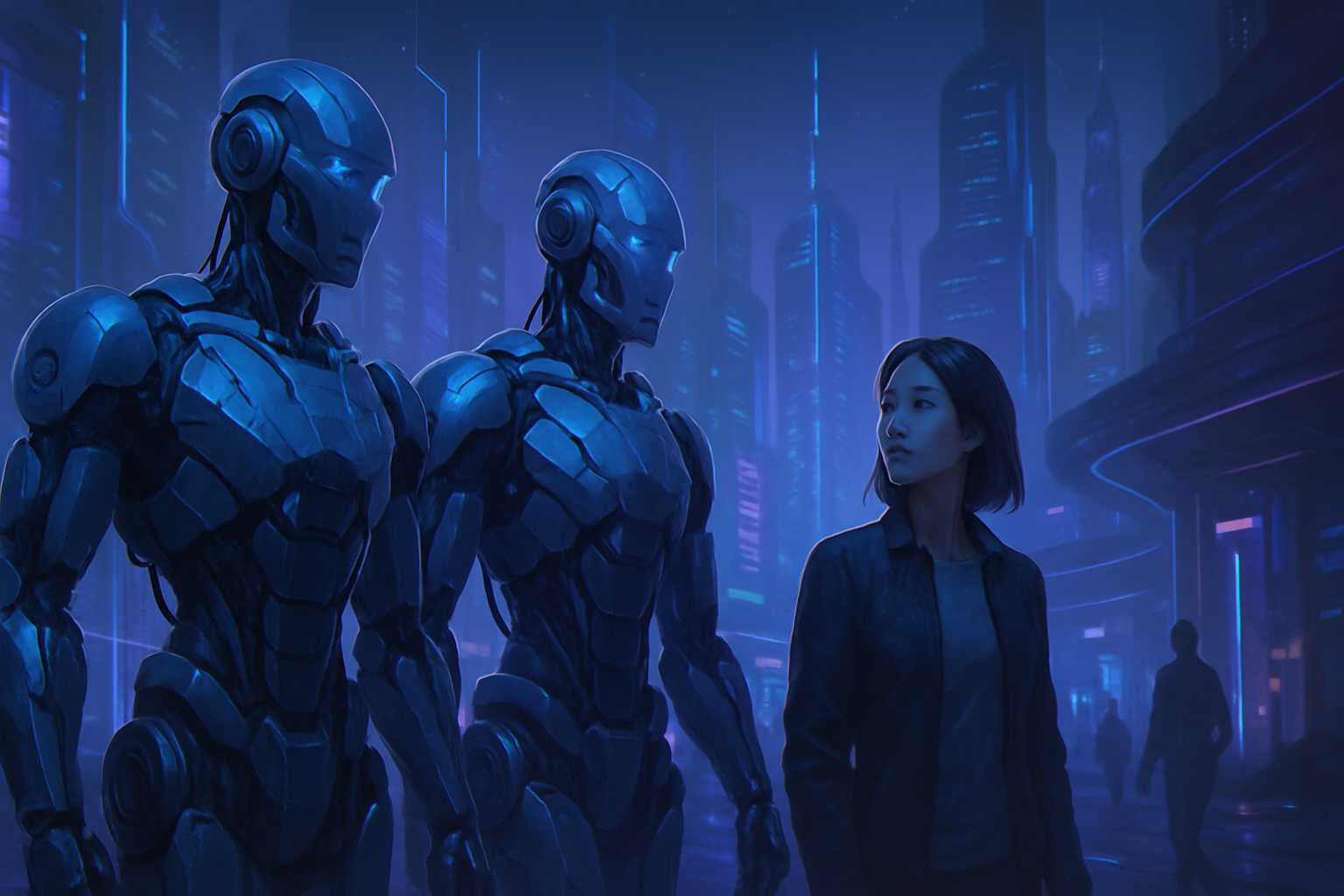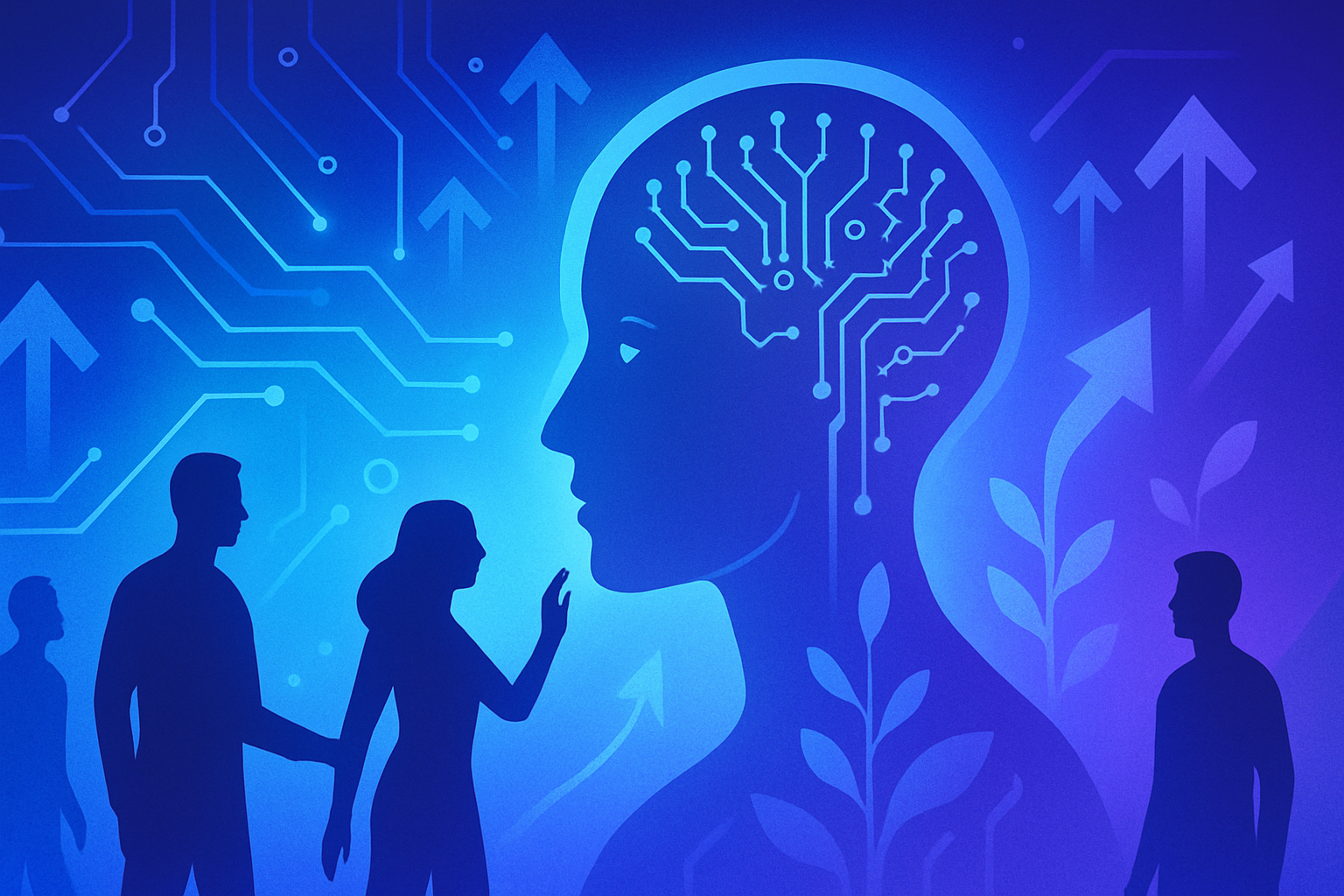The spark emoji stands out as a troubling emblem of artificial intelligence, revealing uncomfortable truths. This symbol, favored in the digital world, conceals a network of realities far removed from its superficial shine. _Beneath this apparent magic lies systematic exploitation_, amplifying economic inequalities. _The fascination with AI obscures anonymous lives_, working in the shadows for meager pay. _The valorization of this symbol raises questions about our relationship with work_, challenging our understanding of modern technologies.
The spark emoji: a symbol of artificial intelligence
The spark emoji, omnipresent on digital screens, was recently designated as the symbol of artificial intelligence. Its popularity is expressed through its use by many technology companies. However, this emoji conceals a troubling and lesser-known reality.
The stakes of the AI summit
The artificial intelligence summit, held on February 11, saw a consensus among 61 nations, all agreeing on the need for “open,” “inclusive,” and “ethical” AI. Despite this, major technology companies do not wait for these declarations to embed their own symbols, like the spark emoji, within their communication.
The hidden side of the spark
The fact is that artificial intelligence is not just a simple digital illusion. It relies on a complex network of workers, often invisible, who operate in the shadows to feed these systems. Through platforms like Amazon Mechanical Turk, thousands of people perform paid tasks for a few cents, essential for training AIs.
Click workers: a sly exploitation
The reality of click workers, especially in developing countries such as Kenya or the Philippines, raises major ethical questions. French start-ups, seeking to limit their costs, often outsource these tasks to countries like Madagascar.
Maxime Cornet, a PhD student in sociology, highlights that workers face meager wages: for a full-time position, they receive only a fraction of their salary, often between 80 and 100 euros. Exploitation that is preferred to be ignored in the shadow of technological illusion.
Symbolism and fetishism of commodities
The choice of the spark emoji as a representation of AI fits into a dynamic of commodity fetishism, a concept developed by Karl Marx. This phenomenon denotes a growing disconnection between work and its consequences. The emoji thus becomes a metaphor for this dissociation, aggregating positive meanings while masking operational realities.
Eric Arrivé, a doctor in information and communication sciences, describes this mechanism as a form of magic. “The beneficial effects of AI seem almost magical because their origin remains invisible.” Users consume this symbolism without ever perceiving the link between their interests and the realities of the workers who fuel these systems.
The pitfalls of technological progress
Technology companies, by relying on reassuring symbols like the spark emoji, obscure the ethical questions surrounding their business model. Technological advances, far from being a path paved with promises, come with concerning human challenges. The apparent benefits of AI-powered applications are often the result of unrecognized human costs.
Every time the spark emoji sparkles on a screen, a question arises: what is the reality behind this beautiful shine? The anonymous faces behind these performances are to be rediscovered, a symbol of the increasing complexity of our interaction with technology.
Frequently asked questions
What does the spark emoji mean in the context of artificial intelligence?
The spark emoji (✨) is often used to represent innovation and technological development related to artificial intelligence, but it also hides the reality of the workers who feed this technology by toiling in the shadows.
Why has the spark emoji become a universal symbol of AI?
Tech giants adopted this emoji to symbolize AI, thus creating an instant association between this iconic symbol and modern technological advances, often perceived as magical.
What are the sociocultural issues associated with the use of the spark emoji?
Its use can conceal the reality of precarious work performed by thousands of people around the world, raising ethical questions about the human contribution behind advanced technologies.
How does the spark emoji influence our perception of artificial intelligence?
It creates a romanticized and simplistic image of AI, masking the complexity of the processes and human impact behind the technology, which can negatively influence our understanding of technological feats.
What is the relationship between the spark emoji and commodity fetishism?
Commodity fetishism, as defined by Karl Marx, is reflected here in our tendency to celebrate symbols like the spark emoji without considering the human and social implications of their production.
What types of human tasks are hidden behind the spark emoji and AI?
Behind the emoji are various tasks related to training AIs, such as transcription, labeling, and data analysis, performed by often underpaid workers.
How do companies exploit the image of the spark emoji in their marketing strategies?
Companies use this emoji to represent products endowed with artificial intelligence, creating an emotional appeal that attracts consumers while obscuring the realities of the work necessary to support this technology.
Can the spark emoji have an impact on how we interact with technology?
Yes, the spark emoji can influence our way of interacting with AI technologies by generating unrealistic expectations, which can lead to disillusionment with the real limitations of artificial intelligence.






